No matter what you may or may not have been told about the MMR vaccination and several others for common childhood diseases – they are extremely important and should not be ignored unless you are already immune to the disease in question.
At the very least, consider that millions of people that have served in our military have gotten these particular vaccinations and many others without harm. On the other hand, the diseases would have been deadly.
We now live in an era where we have millions of possibly sick illegal immigrants sneaking through the border every day with diseases that can be avoided with basic childhood immunizations. At the same time, it is impossible to know how many terror groups are working on developing various diseases into something that would require a massive quarantine. While vaccinations may not work in those situations, you can and should be prepared for a quarantine regardless of the origin of the pathogen.
Now is the Time to Get Your Vaccination and Immunity Records in Order
Regardless of your age and medical history, you may need to prove immunity to certain diseases. At some point, you may not be able to leave your home to go to work, or enter public places to shop if you cannot prove you have been vaccinated or are immune to specific diseases. I have heard people say many times “I don’t know where my childhood/military/etc vaccination records are”, or “I had these diseases, but can’t prove it”.
The best thing you can do right now is start trying to track down those records. If you were in the military, you should be able to get access to your vaccination records through the VA. Check with all your doctors to see if by chance your childhood records got transferred somewhere along the way.
If you have not been to a specific doctor in over 7 years, they may tell you that they no longer have your records. Always make these requests in writing, and make sure you keep a copy of these letters. They do not help prove immunity or vaccination record, but they do prove a horrible gap in the modern medical system when it comes to managing vaccinations during a crisis or an epidemic. Take these letters and forward them to political leaders and request the development of a centralized vaccination database. What’s one more database with sensitive information, given how much is already stored out there about you?
In situations where you cannot prove immunity to at least the main childhood diseases, you have two options:
- Contact your primary care doctor and request blood work to see if you are already immune to the disease. If you are, this blood work will form the basis for getting a letter from your doctor that explains you are immune and do not require vaccination. All you have to do from there is keep the letter (or card) with you at all times, and keep copies in a safe place.
- If you are not immune to these diseases, then this is the time to get the shots. As long as your overall health is good, you should be able to tolerate them. That being said, if you want to space them out, feel free to discuss that with your doctor.
Navigating Supermarkets and Other Germ Factories
When it comes right down to it, any public location can be a source of casually transmittable diseases. Aside from breathing contaminated air, you can also pick up pathogens by touching items that have germs on them. This includes your own clothing if it happens to brush into something contaminated. Here are some ways that you can reduce your risk as much as possible:
- Wear a breathing mask that is certified for blocking viruses and bacteria. Most disposable masks will filter about 50 – 75% of the air that passes through them. To increase their effectiveness, wear an additional cover over the mask so that it fits more tightly to your face. If you live in a state where it is illegal to cover your face, then get a letter of medical necessity from your doctor.
- Wear disposable vinyl or rubber gloves. When you bring items home, let them sit for at least five hours before handling them. This will ensure most bacteria and other pathogens are killed off. You can put perishable foods away as normal, since the cold will kill most disease bearing organisms off that may be on the wrappers.
- Never wear the same shoes you use outdoors in your home. Take shoes and boots off, and leave them just inside the door. If you must make multiple trips to get all your groceries in, place them inside the door. Once you are done, remove your shoes, go into your home, and continue disbursing your groceries.
- Spray down your coat and any other garments you were wearing with antibacterial spray. It will also help to completely change your clothes, take a shower, and wash your hair. While most diseases do not require this kind of decontamination, there are other germs that are deadly and may one day be released by terrorist groups. What sounds like too much cleaning now may save your life an a situation where deadly, easily transmittable pathogens are concerned.
Preparing Your Home for Quarantine
If you have been keeping up with basic preparations for bugging in, then you are already well on your way to being prepared for a quarantine situation. Here are a few points that you should go over to make sure that your home is as prepared as possible:
- Rodent and insect control – from the bubonic plague to lyme disease, there are many infections that you can avoid by keeping your home free of rodents and insects. Use organic insecticides and good quality rodent traps to ensure your home stays as free of these pests and their diseases.
- Water purification for all taps and faucets – cholera and many other diseases can easily reach you through contaminated municipal water supplies. While boiling water will kill these pathogens, it will not be of much help for the water you shower and wash your hands with. Make sure that you can control all water supplies to a point where any water you come into contact with has been thoroughly purified. For example, you can use a camp shower system and fill the tank with pre-boiled water, and then use other portable systems to wash your hands.
- Capacity to grow food indoors sustainably – aside from eliminating the need to travel to purchase food, this will reduce your exposure to a number of deadly diseases that have been showing up in pre-packaged foods. Considering the current outbreak of swine flu in China and the high potential for catastrophic crop failure in the midwest, being able to grow your own food indoors is also the best way to ensure you can feed yourself during a major shortage.
- Capacity to exercise indoors – when you can’t go outdoors for even short walks, you will become weak very quickly. Start off by choosing between an exercise bike or a manual treadmill, then choose a few weights to work with. Learning Tai-Chi and Pilates are also inexpensive ways to get good quality exercise without the need for fitness equipment.
- Be able to eliminate the need to collect or send physical mail – This is the perfect time to set all of your bills up to pay online for free, as well as manage all other correspondences by email or phone.
- Control air flow into the home – make sure you can seal off all points of air entry into your home. Make use of air filters and UV systems to ensure the air entering your home is clean. Keep masks and respirators onhand for backup and emergencies.
Across time, there have been all kinds of plagues and diseases that led to the need for a massive quarantines. While measles may not seem like much of a deadly disease, there are others that present far more danger. This is a good time to review your bug in plans to ensure that you can stay in your home for an extended period of time without exposure to other people if you have to. It is also a good time to create a comprehensive plan to prevent yourself from getting sick each time you go into a public place.


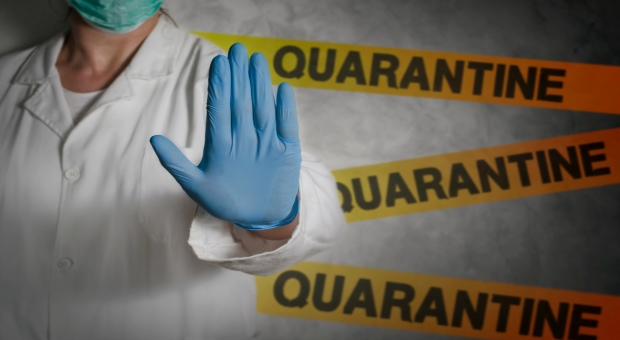

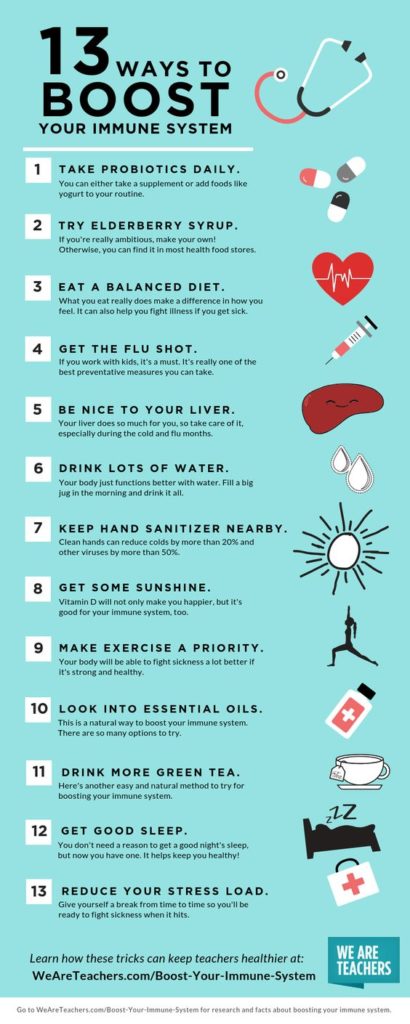

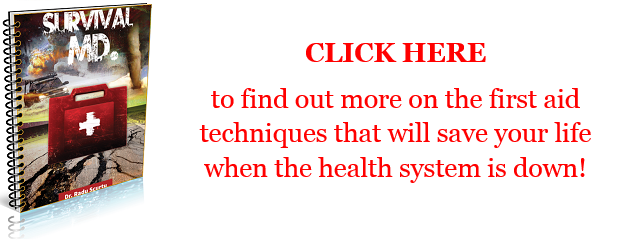
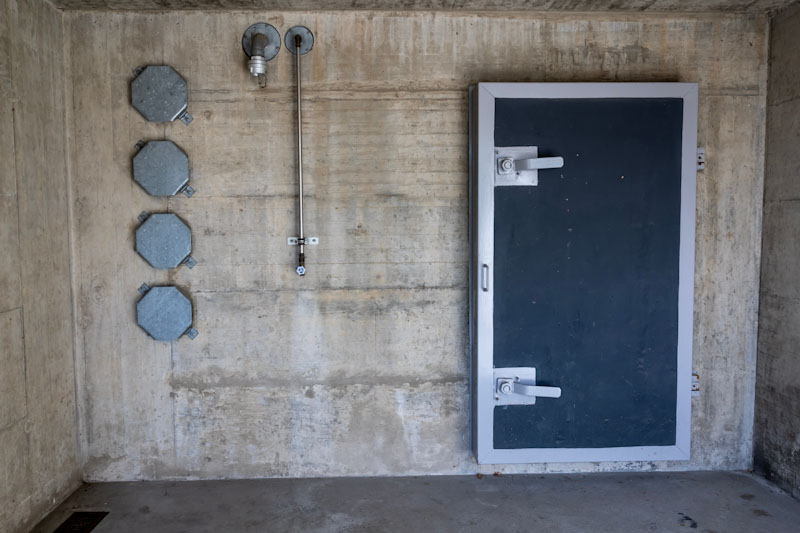
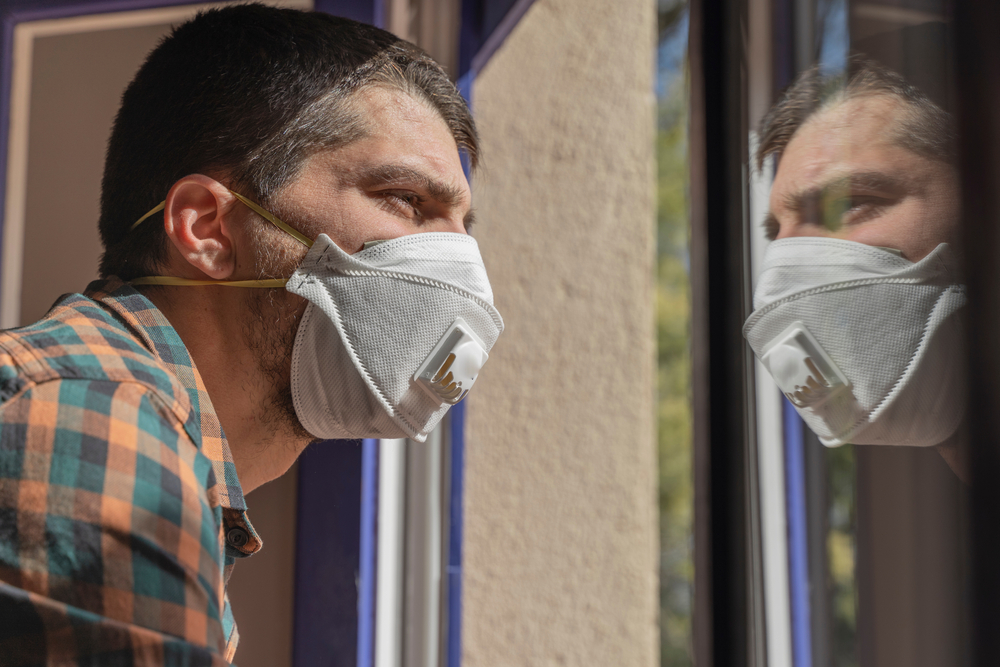



Karen | August 3, 2019
|
I was prepped. Can’t prep where I live but am moving soon. You offer good points.
Dale | August 4, 2019
|
“Capacity to grow food indoors, sustainably.” That is about the most ridiculously unrealistic thing I’ve ever read!! Growing a tomato plant in an upside down planter or a few herbs on your kitchen windowsill is one thing, but unless you happen to live in a greenhouse, there is no way you’re going to be able to grow enough food, indoors, to feed yourself!
The vast majority of edible garden plants take 2 – 3 months from planting to harvest.. That would require you to plant at LEAST four crops, spaced at three-month intervals, so that you could have a steady supply of food. Staples such as corn, potatoes, beans, squash, broccoli, etc. require a lot of room and deep soil. It would require a garden plot of approximately 50′ X 100′ to grow enough varied crops to feed a single person for a year. Multiply that much land by the number of people in your family that you must feed and you see the problem. Most people don’t have a YARD that big, much less a basement large enough to grow enough food to feed themselves, unless they’re Bill Gates or Elon Musk or some other billionaire with a house the size of a Ramada Inn.
If you’re going to offer survival advice, please give it a little thought and be realistic!
Carmela Tyrrell | August 5, 2019
|
Dale,
It sounds to me like you are talking about conventional gardening methods which waste both space and resources. For indoor gardening I am referring to the use of vertical gardens combined with the use of lighting that can be used to mimic spring to fall hourly changes and intensity changes any time of the year.
Take a 60 day (max) crop of spinach, turnips, and bush beans. You can fit all three of those and grow 1 plant of each to maturity indoors (I know because I’ve done it) in a 5 gallon bucket. Plant 7 buckets per week, for a total of 56 buckets that you harvest and then replant as they are ready to eat. 56 buckets at 1′ diameter arranged in vertical rows of 15′ across x 2′ deep x 4 buckets high takes up just 15′ x 2′ of floor space.
Plant another 7 buckets per week with foods like zucchini that produce continuously, fast growing corn, or other high yield, fast maturing crops, and you will have enough food for one person per day, for a total floor space of 30′ x 4′ that you can break up around different rooms. Since you will be replanting each week’s buckets as they reach maturity, 30′ x 4′ is all that you will need to produce a year’s worth of food for one person. Or, if you want to use 1 bucket per meal, your floor space would be 45′ x 4′. Most homeowners could do that in an attic, or you can break up the buckets into multiple rooms.
Tomatoes are a poor example of indoor growing methods because the growing season is longer and their lighting needs are harder to meet. There are many other short term foods with better nutritional profiles, including “weeds” like purslane and dandelion. Short season potatoes are also viable for growing indoors year round in 5 gallon buckets as are many squashes.
The other thing you can look into is edible insect farms. Ants, crickets, and snails don’t take up much space; although I have to admit they take some getting used to. In a quarantine or famine – it may not be what you are used to or what you prefer – but it will keep you alive.
Sara Murray | February 24, 2020
|
As far as the indoor gardening goes, I grow herbs and microgreens in my kitchen, and have converted half of my laundry room into a container garden. I also have a greenhouse that I can step directly into from my backdoor. I doubt that my family and I could live on that food alone, but it would be a healthy addition to our stored food.
TheSouthernNationalist | March 7, 2020
|
Agreed, the best would be supplement the food supply already on hand.
vocalpatriot | August 5, 2019
|
I with Dale…growing indoors?? this does not give you any credibility..plus all the yap about getting a card or paper proving your “immunities”? If it came to a mass quarantine scenario, do you really think that will buy you anything? In this day when the government is innoculating for every flu strain every year and pushing HPV shots to boys…logic has long been ejected from the culture…
Carmela Tyrrell | August 5, 2019
|
Vocalpatriot –
I agree with you on the hazards of excessive mandatory vaccines. You can still try to limit the damage as much as possible by getting proof of the vaccinations you already have,or that you are immune. It’s anybody’s guess what will land any of us in a long term quarantine situation. I would prefer not to wind up in quarantine because of measles,mumps, rubella, or some of the other childhood diseases for which we have safe and effective vaccines. Getting at least those records in order now is vital.
I also recognize there are many situations where vaccines will not cover, nor will there be a chance to prove immunity. Growing food indoors may not be an easy or cheap (at the beginning) option, but it is the only one that will work. Your only other option will be outdoor gardening where others may steal (or you will constantly have to defend a seasonal postage stamp garden), hunting/fishing amidst fierce competition from others, or hope FEMA will feed you.
I choose indoor growing for both quarantine needs, and also because floods, forest fires, tornadoes, and hurricanes aren’t the ideal weather conditions for the bread basket areas of our nation. Likewise, I’d not want to be someone that becomes dependent on foreign food from nations that will want to make deals harmful to our nation’s economic interests.
Grey | March 6, 2020
|
Be careful on what you take. Do the research. Some natural and man-made products can cause cytokine storm, which is not good for when your are combating this virus.
(A cytokine storm is an overproduction of immune cells and their activating compounds (cytokines), which, in a flu infection, is often associated with a surge of activated immune cells into the lungs)
Thad Gomez | March 6, 2020
|
Go with aquaponics not hydroponics.
You will run out of “fertilizers” to mix with the water in hydroponics——plus with aquaponics you have fish to eat with your veggies!
People are lazy—-will criticize before actually trying something and finding out that maybe a seemingly crazy idea might actually work!!!
Cindy Fox | March 6, 2020
|
Thanks for the article Carmella. I like growing inside and there are lots of creative ways to do so. I do some hay bale and forest gardening outdoors as well among other things but I’m sure to have food I grow to eat year round as well.
I do agree it’s helpful to prove one’s vaccines or immunity against certain diseases just like one may have to prove who they are by id and other means.
Thanks again
Vicki Savage | March 6, 2020
|
Helps to grow plants that are mostly edible. E.g., sweet potato vines and leaves are edible as well as the tuber. There are also stackable planters. Do some research and get creative!
TruthB Told | March 7, 2020
|
One thing that is sadly missing in today’s society is ACS. The application of ACS would alleviate 90% of the socio-economic problems in our society. It would do a lot in confronting and dealing with the current problem. It is obviously never used in Washington.
* ACS ; Applied Common Sense
frosty | March 7, 2020
|
if you are refurring to the state ( peoples democratic republic of washinton) or dc , i agree. i also agree with hydroponics it works & works well year round , but by all means critizise with out knowing it’s the LIBERIAL way .
frosty | March 7, 2020
|
Sorry i need to correct i ment aqua NOT hydro
Stan | March 9, 2020
|
Agree with everything but the flu shot. Vaccinations today are significantly more damaging and actually cause more illness than proposed benefit. Do your research and read the vaccine insert on side effects, they are written there for a reason.